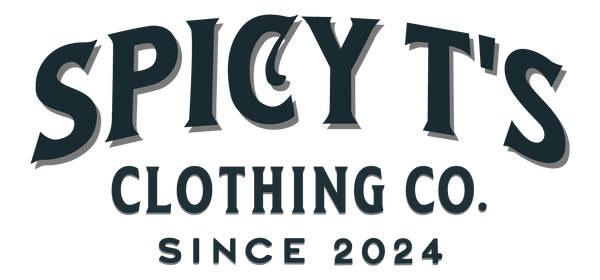
What Are Vector Graphics and How Are They Used?
Share
What Are Vector Graphics?
Vector graphics are images created using mathematical formulas instead of individual pixels. That means they can be resized infinitely without losing quality.
Unlike raster images (like JPEGs or PNGs), which are made up of tiny dots (pixels), vector files are constructed from points, lines, curves, and shapes. These elements are defined using equations, making them crisp and scalable at any size.
Common file types:
-
.AI(Adobe Illustrator) -
.SVG(Scalable Vector Graphics) -
.EPS(Encapsulated PostScript) -
.PDF(when saved with vector data)
🧠 Why Vectors Matter (Benefits)
-
Scalability: Resize from a business card to a billboard — no blur, ever.
-
Editability: Easily change colors, shapes, or styles without quality loss.
-
Lightweight: Smaller file sizes compared to high-resolution raster images.
-
Print-friendly: Ideal for screen printing, embroidery, and laser cutting.
🎨 Where Vector Graphics Are Used
1. Logo Design
Logos must scale for different uses — websites, signs, products, etc. That’s why pros always design logos in vector format.
Example: The Nike swoosh and Apple logo are perfect vector designs — simple, bold, and scalable.
2. T-Shirt & Apparel Design
Vector designs are ideal for screen printing, DTG (direct-to-garment), embroidery, and vinyl cutting.
Fact: Most print shops request designs in .AI or .SVG format for precision printing and cutting.
3. Branding & Identity
Vectors are used in:
-
Business cards
-
Letterheads
-
Posters
-
Packaging
-
Vehicle wraps
4. Web & App Design
SVG vectors are used for:
-
Icons
-
Logos
-
Illustrations
-
Animations
They load faster than bitmap images and look sharp on all screen sizes, including Retina displays.
5. Infographics & Diagrams
Vector files let you create clean, readable graphics for:
-
Charts
-
Flow diagrams
-
Roadmaps
-
Educational visuals
They're especially helpful in PowerPoint, Illustrator, or Canva.
6. Signage & Banners
From storefront signs to event banners, vector graphics ensure crisp results even when scaled to massive dimensions.
Example: A vectorized design can be printed on a 40-foot banner without any loss in quality.
7. Animation & Motion Graphics
Tools like Adobe After Effects use vector layers for smooth motion, especially for UI animations, explainer videos, and intros.
🛠️ Tools to Create & Edit Vectors
-
Adobe Illustrator (industry standard)
-
CorelDRAW
-
Inkscape (free & open-source)
-
Affinity Designer
-
Figma (for web/app UI design)
-
Canva Pro (offers SVG export with limitations)
🧩 Vector vs Raster: Quick Comparison
| Feature | Vector Graphics | Raster Graphics |
|---|---|---|
| Scalability | Infinite, no quality loss | Limited, gets blurry |
| File Size | Smaller | Larger (especially in HD) |
| Editing | Easily editable | Pixel-based, harder to edit |
| Ideal Use | Logos, shirts, icons | Photos, textures |
| File Types | .SVG, .AI, .EPS, .PDF | .JPG, .PNG, .GIF, .PSD |
👕 Real-World Example from Our Shop
At [Your Store Name], we use vector graphics to create:
-
Crisp logo designs that work on mugs, shirts, and hoodies.
-
Cute cartoon-style pets and characters that scale perfectly for baby onesies or oversized hoodies.
-
Digitized embroidery files for patch logos and name tags.
Want to turn your rough sketch into a high-resolution vector design? We can do that! 🚀
